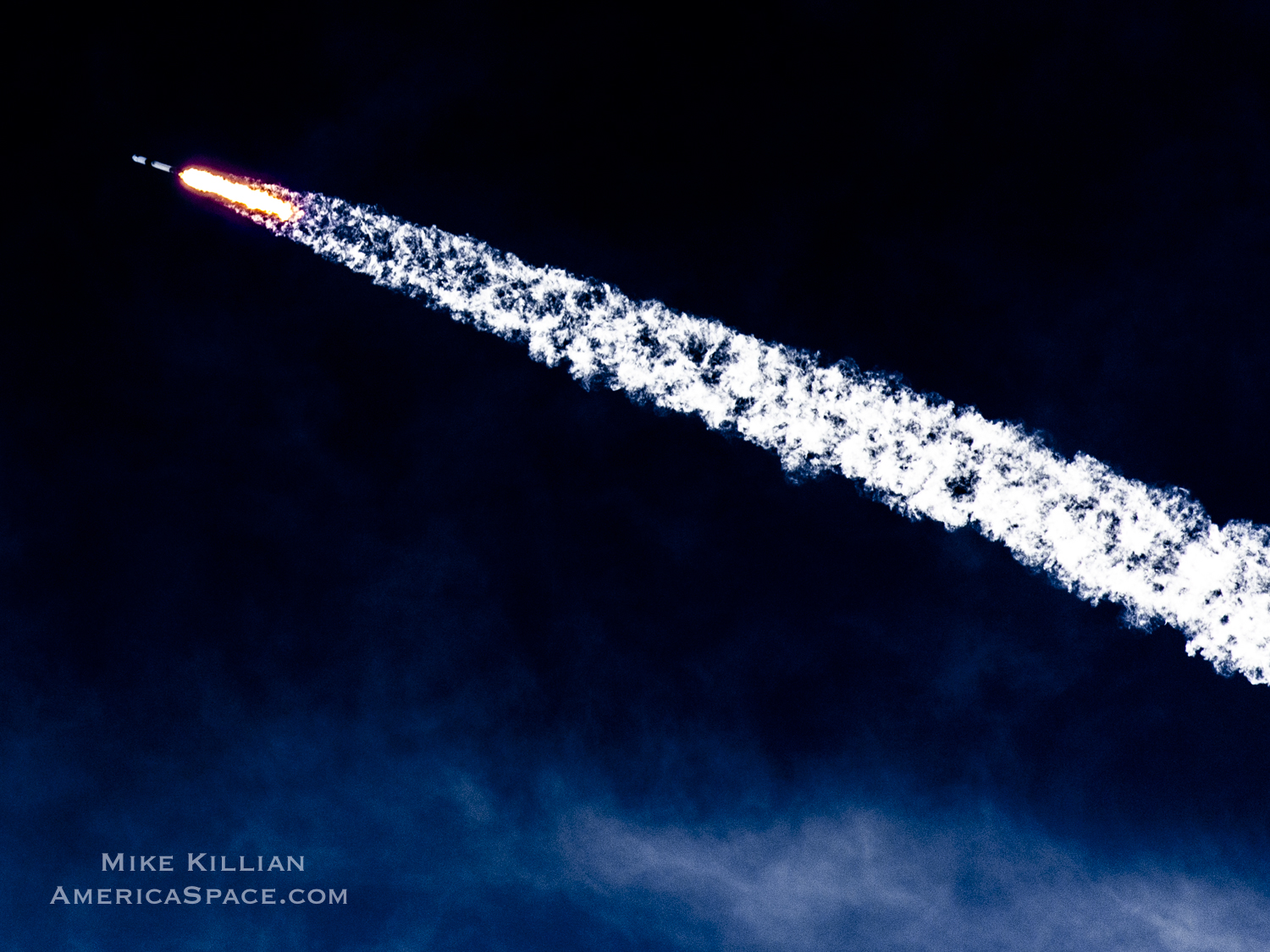
SpaceX has completed its 100th fully successful Falcon 9 launch, having triumphantly boosted the CRS-21 Dragon cargo ship on the first leg of its day-long journey to the International Space Station (ISS). The veteran B1058 core—wrapping up a record-breaking fourth flight in a little over six months—roared away from historic Pad 39A at the Kennedy Space Center (KSC) in Florida at 11:17 a.m. EST Sunday.
Eleven minutes later, after B1058 had returned to a successful drone ship landing in the Atlantic Ocean, the rocket’s second stage delivered CRS-21 smoothly into orbit. In so doing, it marks the 101st launch of a Falcon 9 and the landmark 100th occasion that it has successfully delivered its primary payload to orbit and satisfactorily completed its mission.
Those hundred Falcon 9 missions have required a little over ten years, stemming from the rocket’s very first launch way back in June 2010. Including today’s flight, they have successfully delivered 21 cargo-laden Dragons and three Crew Dragon missions to the ISS, including the historic launch of Demo-2 astronauts Doug Hurley and Bob Behnken in May 2020 and most recently Crew-1 astronauts Mike Hopkins, Victor Glover, Shannon Walker and Soichi Noguchi, just last month.
Additionally, the Falcon 9 fleet has lofted 32 large communications satellites to Geostationary Transfer Orbit (GTO), three Block III Global Positioning System (GPS) navigation and timing satellites to Medium Earth Orbit (MEO) and 75 Iridium NEXT global mobile communications satellites to low-Earth orbit.
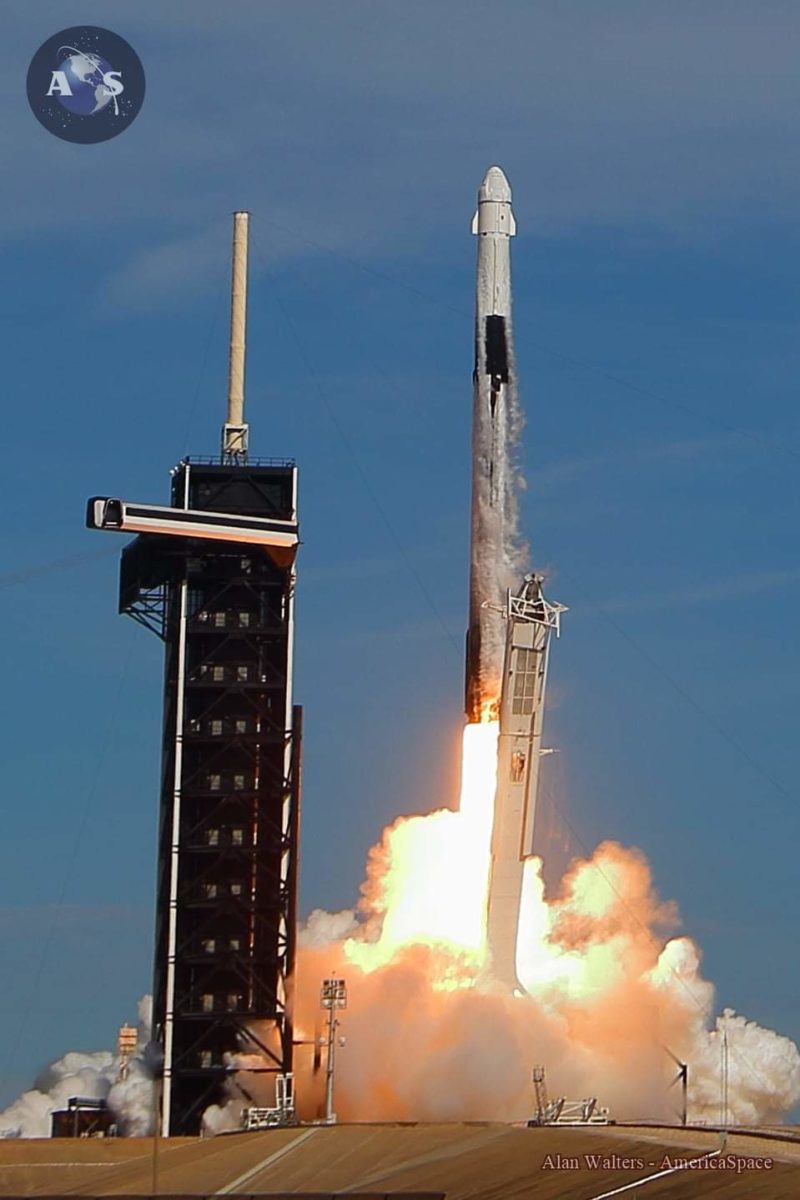
Three classified U.S. military payloads have also ridden Falcon 9s since May 2017, together with over a dozen science payloads ranging from exoplanet surveys of worlds far beyond our Solar System to radar-mapping, climatology and studies of our Home Planet’s oceans. More than 950 (and counting) Starlink internet communications satellites have also been lifted into low-Earth orbit between May 2019 and last month.
And as previously reported by AmericaSpace, the most recent Falcon 9 launch—less than two weeks ago, on 25 November—marked the 100th time that one of these venerable boosters had risen from Earth, but not the 100th fully successful flight, since one vehicle was lost during first-stage ascent back in June 2015.
Original plans to launch CRS-21 yesterday were called off, with an iffy 50-50 weather outlook and conditions in the recovery zone reported to be unfavorable. B1058—which previously launched Dragon Endeavour on 30 May, South Korea’s ANASIS-II military communications satellite on 20 July and a 60-strong Starlink batch on 6 October—was slated to alight on the deck of the Autonomous Spaceport Drone Ship (ASDS), “Of Course I Still Love You”, situated about 390 miles (630 km) offshore in the Atlantic Ocean.
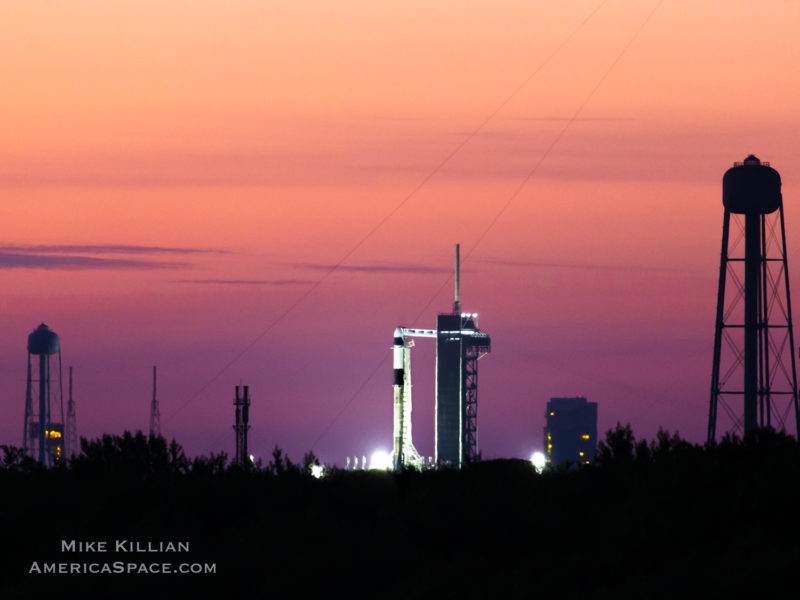
Conditions on Sunday were greatly improved, with a 60-percent probability of good weather at T-0. Loading of the Falcon 9 with its flight load of liquid oxygen and a highly refined form of rocket-grade kerosene (known as “RP-1”) commenced about 35 minutes before the targeted 11:17 a.m. EST “instantaneous” launch window. Liftoff of the 230-foot-tall (70-meter) Falcon 9 occurred precisely on time and B1058 powered smoothly uphill under the impulse of 1.5 million pounds (680,000 kg) of thrust from its nine Merlin 1D+ engines to complete its fourth mission in a mere 190 days. This marks a new record for a single, orbital-class booster.
Two and a half minutes later, as planned, B1058 separated from the stack and commenced its descent, guided by a sequence of entry “burns” and its titanium hypersonic grid-fins, to a pinpoint touchdown on the ASDS at 8.5 minutes into flight. This morning’s mission was the 24th SpaceX launch of 2020, using only 11 boosters. And of those boosters, three—including B1058—have logged four flights apiece, whilst two others have launched three times.
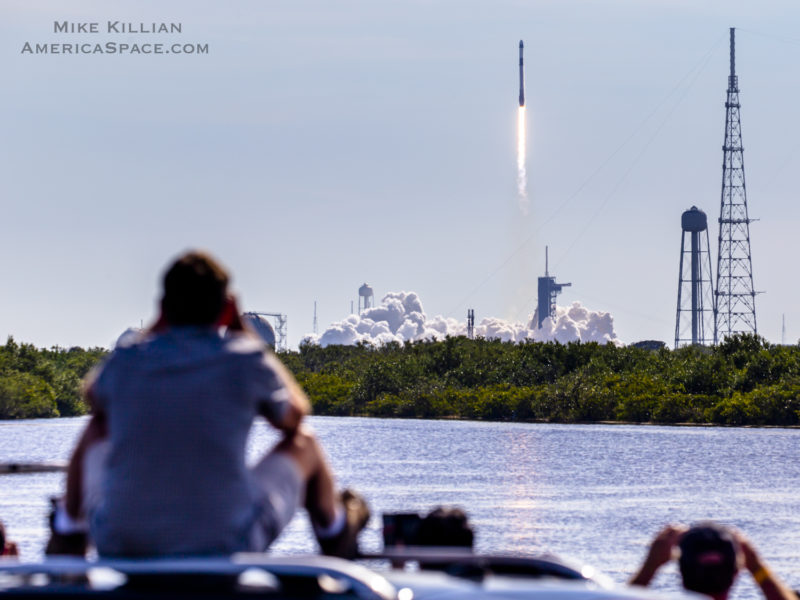
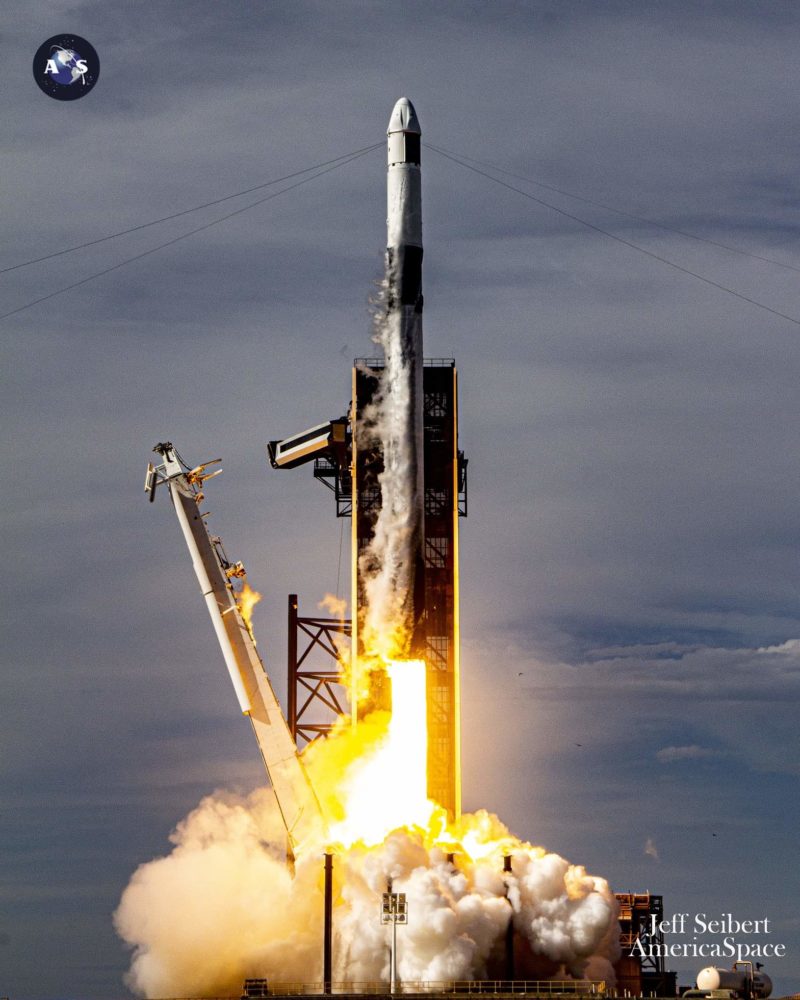
With B1058 heading back home, the Falcon 9’s second stage picked up the baton, its single Merlin 1D+ Vacuum engine pushing CRS-21 towards low-Earth orbit. The spacecraft was successfully released about 11 minutes into flight, kicking off a complex rendezvous profile which will see it dock autonomously at International Docking Adapter (IDA)-3 on the space-facing (or “zenith”) port of the station’s Harmony node at 1:30 p.m. EST Monday. This will not only mark the shortest interval between launch and arrival of any uncrewed U.S. visiting vehicle to date, but it will also see the first-ever autonomous docking of a U.S. cargo ship without humans aboard.
Previous Dragons, as well as Japan’s H-II Transfer Vehicle (HTV) and Northrop Grumman Corp.’s Cygnus cargo ships, have been captured by means of the station’s 57.7-foot-long (17.6-meter) Canadarm2, then “berthed” at a Common Berthing Mechanism (CBM) on the Earth-facing (or “nadir”) ports of either the Unity or Harmony nodes. Assuming an on-time arrival tomorrow, it is expected that the CRS-21 Dragon will remain at the ISS for about a month.
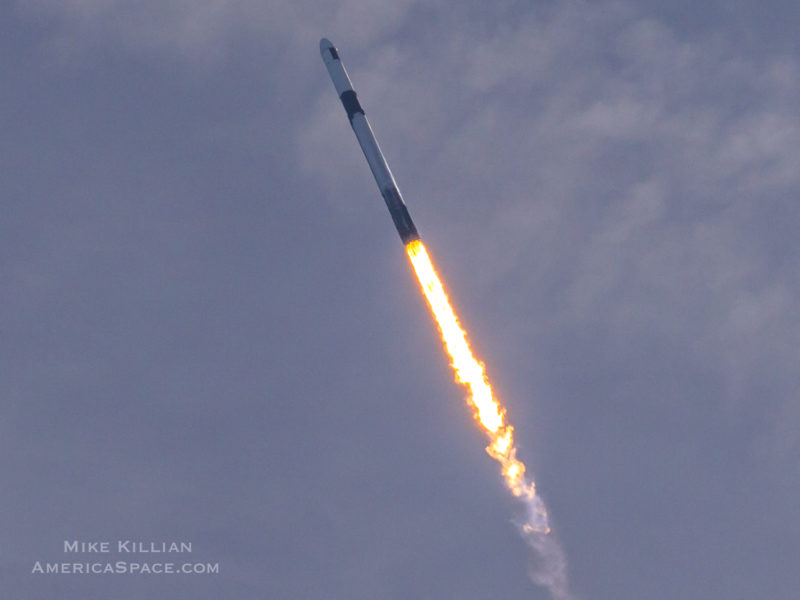
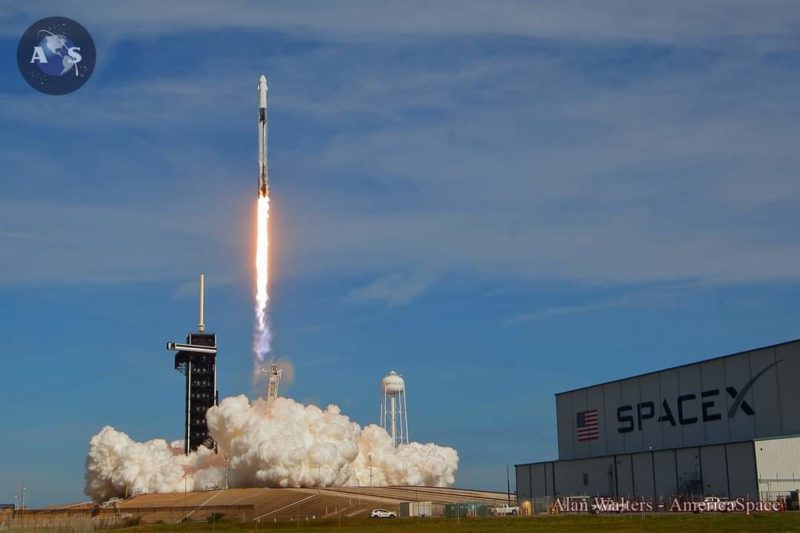
This mission marks the first Dragon to fly under the second-phase Commercial Resupply Services (CRS2) contract between SpaceX and NASA. That contract was definitized back in January 2016 and is expected to require the Hawthorne, Calif.-headquartered launch services provider to fly at least six Dragons by 2024. Already, the earlier CRS1 contract—signed back in December 2008—saw 20 missions truck a total of 95,000 pounds (43,000 kg) of cargo uphill and bring 75,000 pounds (34,000 kg) back home.
Taking pride of place in Dragon’s unpressurized “trunk” for CRS-21 is the Bishop commercial airlock, destined for installation onto the starboard port of the Tranquility node. Preparations of the node for Bishop’s arrival were completed during an Extravehicular Activity (EVA) by Expedition 63 spacewalkers Chris Cassidy and Bob Behnken last summer. The airlock is housed in Dragon’s unpressurized “trunk” and will be extracted by Canadarm2, possibly as soon as late December, in a 5.5-hour operation conducted by the ground-based Robotics Officer (ROBO).
The origins of this first-ever private airlock—which is being developed jointly between Thales Alenia Space, ISS prime contractor Boeing and NanoRacks—date back to the middle of the last decade.
In May 2016, a Space Act Agreement (SAA) was signed between NASA and NanoRacks and early the following year Boeing was selected to build Bishop’s Passive CBM, with Thales Alenia Space responsible for the pressure shell, Micrometeoroid Orbital Debris (MMOD) shielding and Multi-Layer Insulation (MLI) for the airlock. The project passed Critical Design Review (CDR) in March 2018 and early in 2019 Thales Alenia Space announced that it had completed work on Bishop and was preparing it for shipment to NanoRacks’ facility in Houston, Texas.
“The airlock module will provide a broad range of capabilities to our payload customers and expand greatly on the commercial utilization of the station,” noted Brock Howe, NanoRacks’ head of airlock, in a February 2017 press release. Commercial opportunities aboard Bishop are expected to include the kind of cubesat and smallsat deployments currently handled by Japan’s Kibo lab. All told, Bishop reportedly has five times greater capacity for cubesat and smallsat deployments than are currently available on the ISS.
.
.
FOLLOW AmericaSpace on Facebook and Twitter!
.
.




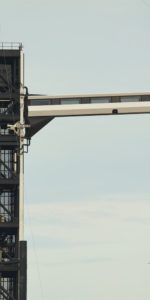
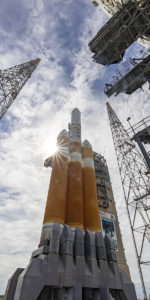
“… first-ever autonomous docking of a U.S. ship without humans aboard….”
Demo-1 Dragon docked autonomously to the ISS a year and a half ago.